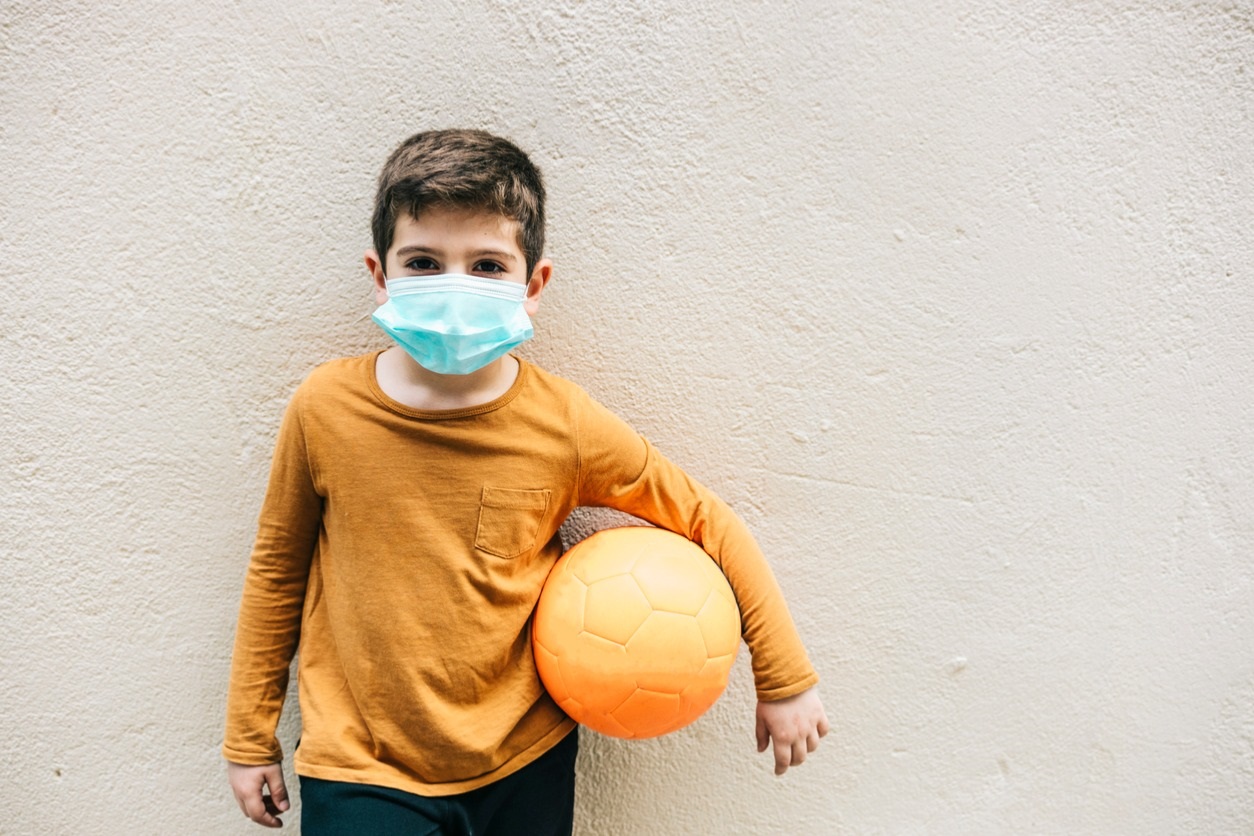Making Healthy Snacks for Teens and Kids

Written By: Gina Tripicchio, PhD, MSEd – Temple University; Leah M. Schumacher, PhD – Temple University; Madeline Konsor, PhD – Rush University Medical Center; Alyssa Button, PhD – Pennington Biomedical Research Center; Pamela Wright, PhD, MS, MEd, RN, CEN – University of South Carolina
Snacking is very common among kids and teens. For some, 25-30% of daily calories come from snacks! However, what kids and teens consume as snacks matters for maintaining overall health.
First, what is “snacking”? Snacking refers to all foods and beverages consumed between meals. According to the Bright Futures Nutrition Guidelines provided by the American Academy of Pediatrics, young children need 2-3 snacks per day and older children and teens need 1-2 snacks per day depending on their energy requirements.
While snacking is recommended, snacks can also be a big source of too much added sugar, saturated fat, and sodium. This can lead to excess calorie intake and other health problems. Therefore, it is important to think not just about the number of snacks but also how kids and teens snack, when in the day they snack, and what they eat. Here are some tips for S.M.A.R.T. snacking.
WHAT healthy foods to Snack On:
Serve Low-Energy Dense Foods as Snacks. Serving low energy dense foods like fruits and vegetables as healthy snacks contributes to nutrient needs and is associated with better diet quality in kids and teens. Eating higher energy dense foods as snacks, like cookies and chips, is associated with poorer diet quality. While it is fine to have less healthy treats every now and then, nutritious snacks should always be the first choice for teens and kids.
Make Snacks Smaller. Evidence shows that larger portion size snacks (i.e., more calories per snack) are associated with higher weight status in young children and teens as well as greater intakes of added sugar, saturated fats, refined grains, and sodium. Serve snacks in smaller portions. The exact size you want to shoot for will vary by age, so check out the Dietary Guidelines and if you have questions talk to your child or teen’s healthcare provider.
Avoid Sugary and Caffeinated Beverages. Sugary beverages consumed outside of meals contribute excess added sugar without additional nutrition and are associated with poorer diet quality. These should be avoided. Instead, consider unsweetened milk for younger children and water flavored with fruit or naturally flavored seltzers for teens.
WHEN to Offer Kids and Teens a Snack Regularly Schedule Snacks:
Just like mealtime, snack time should be structured. Snacks should be served seated, at regular time intervals between meals, and consumed mindfully without screens or other distractions. For example, for younger kids, you might aim for them to have snack around 10am and 3pm each day. For teens, a snack at 3 or 4pm and a small snack if needed around 7pm may work well.
Think about Snack Timing. Afterschool is prime snacking time! Most kids and teens consume snacks during the afterschool period (3pm-6pm) and get these snacks from home. So, be prepared by having healthy, balanced snacks ready to serve that will help them feel full until mealtime to avoid overeating. Allow kids and teens to choose their own snacks from options like fruits, vegetables, whole grains, nuts and seeds, and dairy (yogurt, cheese). You might consider having your kids and teens help with grocery shopping to make sure you have healthy options they like. Older children and teens also consume significant snacking calories in the evening and into the late-night period (9pm-12am). These snacks tend to be high in calories and added sugar, so skip late night snacks to avoid excess intake and maintain healthy sleep practices.
Kids and teens are eating lots of snacks! Snacks can be a part of a healthful, balanced diet for kids and teens. Making S.M.A.R.T snack swaps can help ensure that snacks contribute to better overall dietary intake, rather than contributing excess calories and too much sugar, fat, and sodium.
So, when it comes to offering healthy snacks to teens and kids, remember S.M.A.R.T.
Serve low-energy dense foods as snacks
Make snacks smaller
Avoid sugary and caffeinated beverages
Regularly schedule snacks
Think about timing to promote healthful snack intake!
More Articles

Tips for Parenting Healthy Habits in Kids with Mental Health Challenges
Getting daily movement and enough sleep can meaningfully improve kids’ mental health. Small, manageable changes can help develop life-long healthy habits that can make mental health conditions much more manageable.

Keeping Kids Active during COVID-19
The COVID-19 pandemic has made it challenging for parents to limit their children’s screen time and encourage physical activity. Learn tips and tricks to engage kids in physical activity when access to typical activities is restricted.


